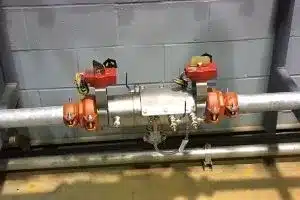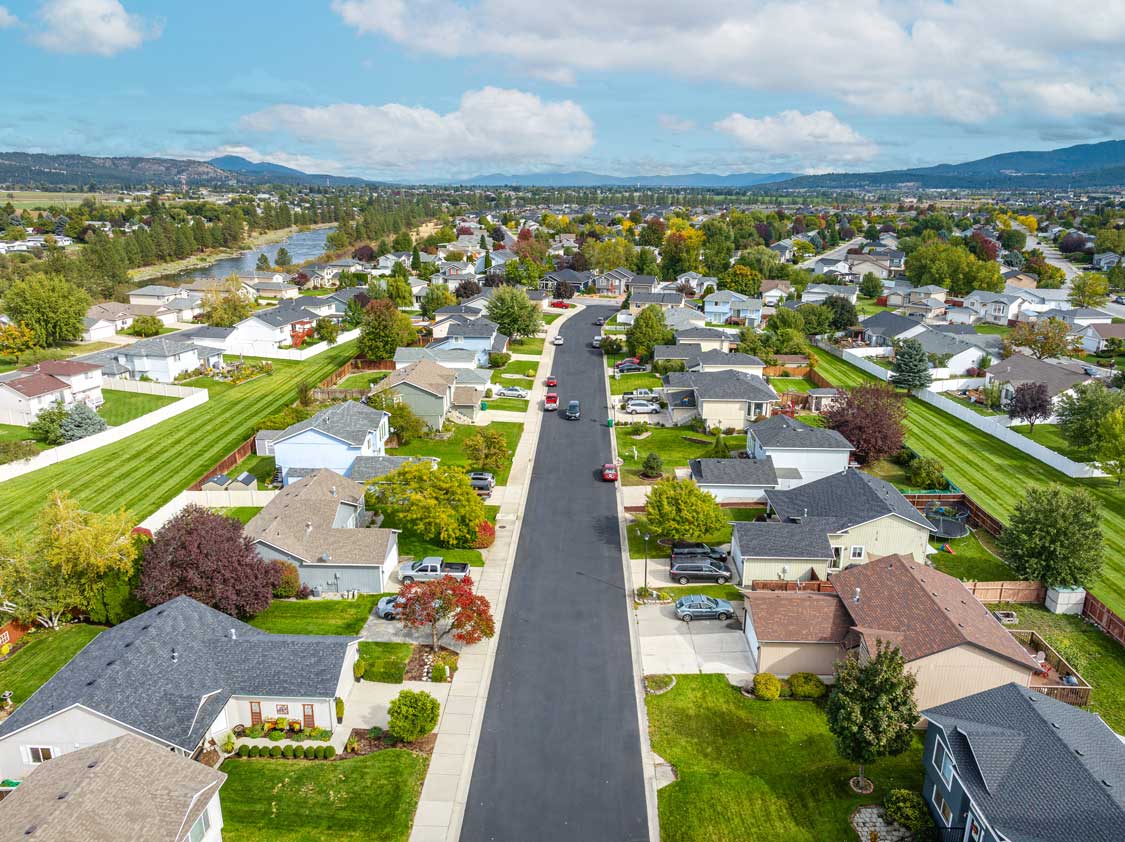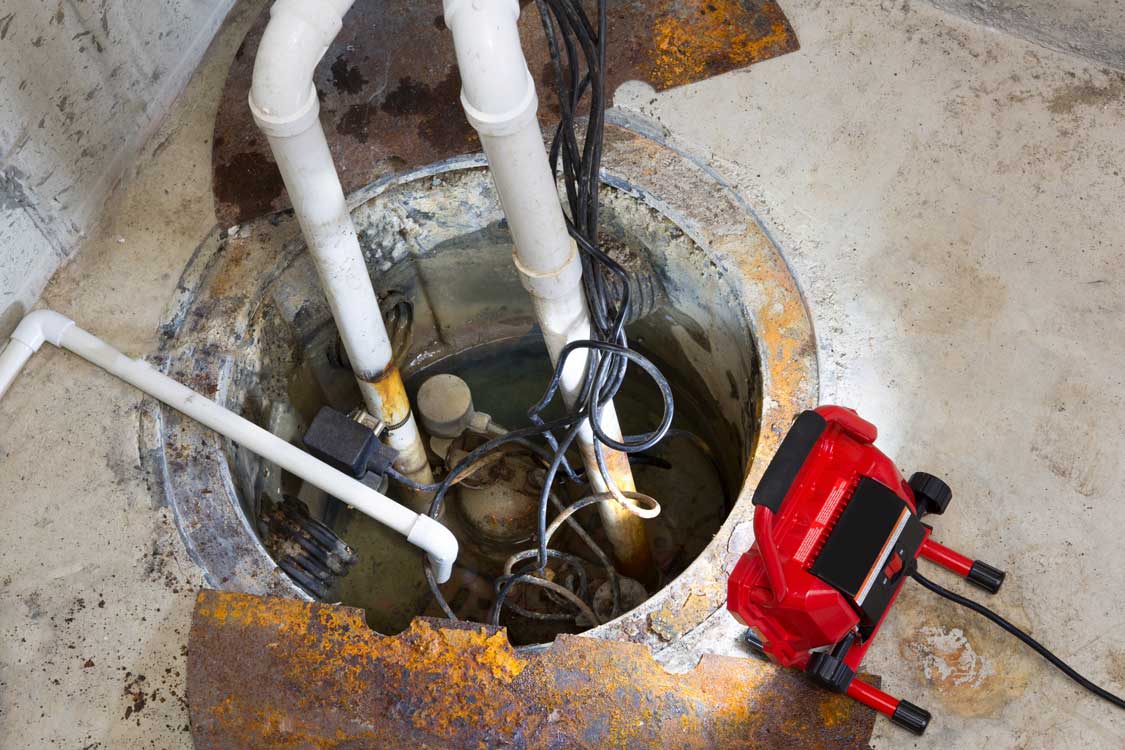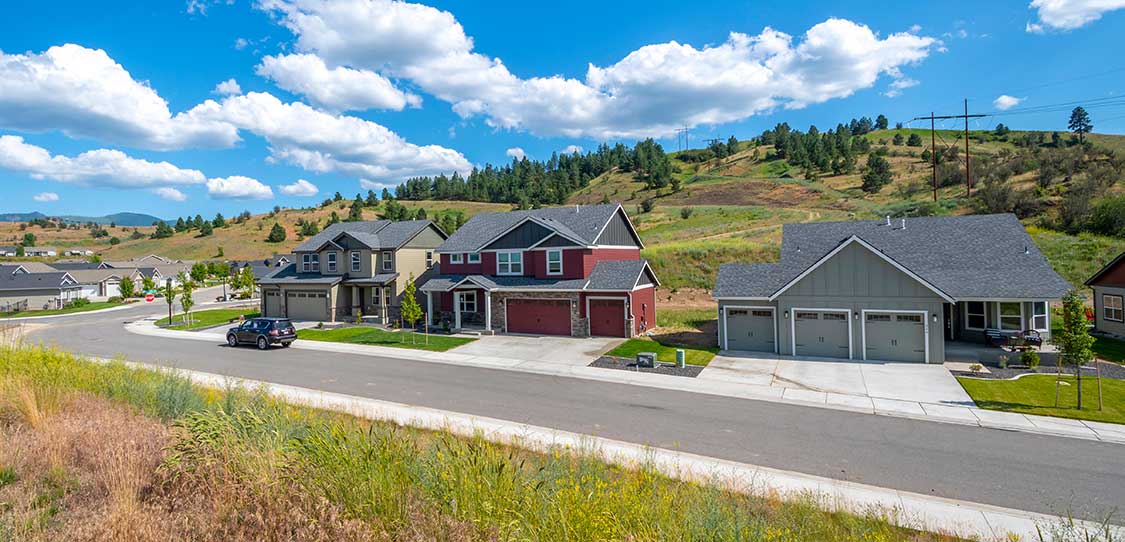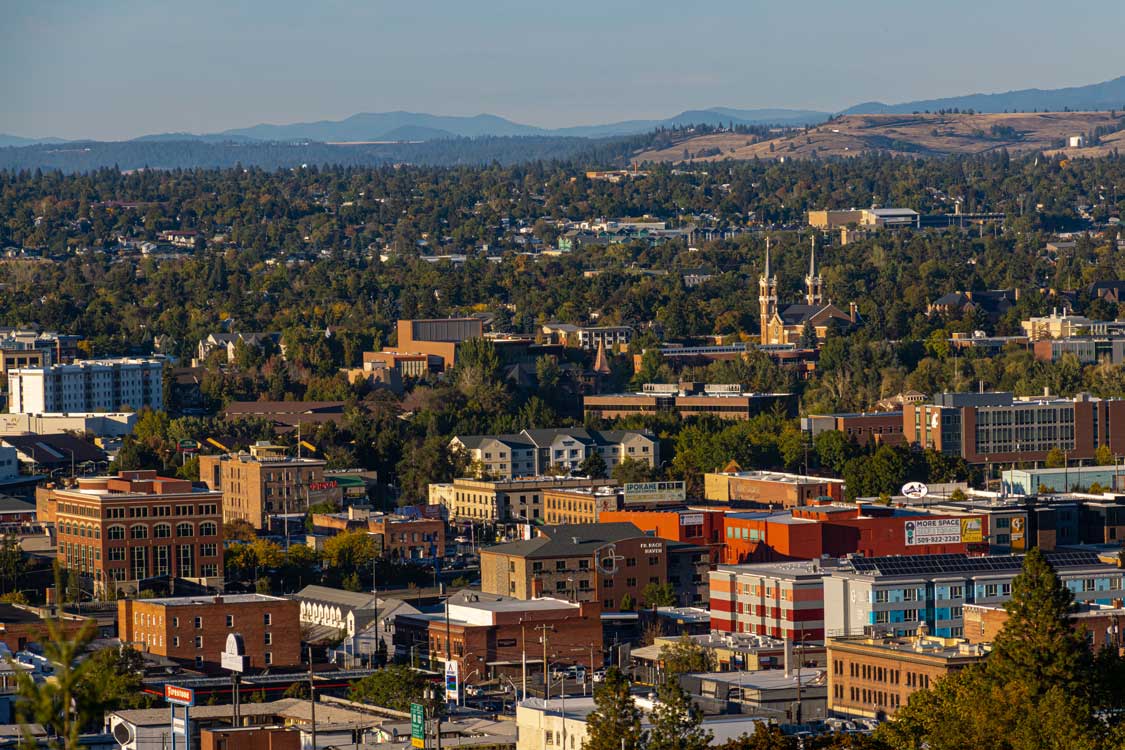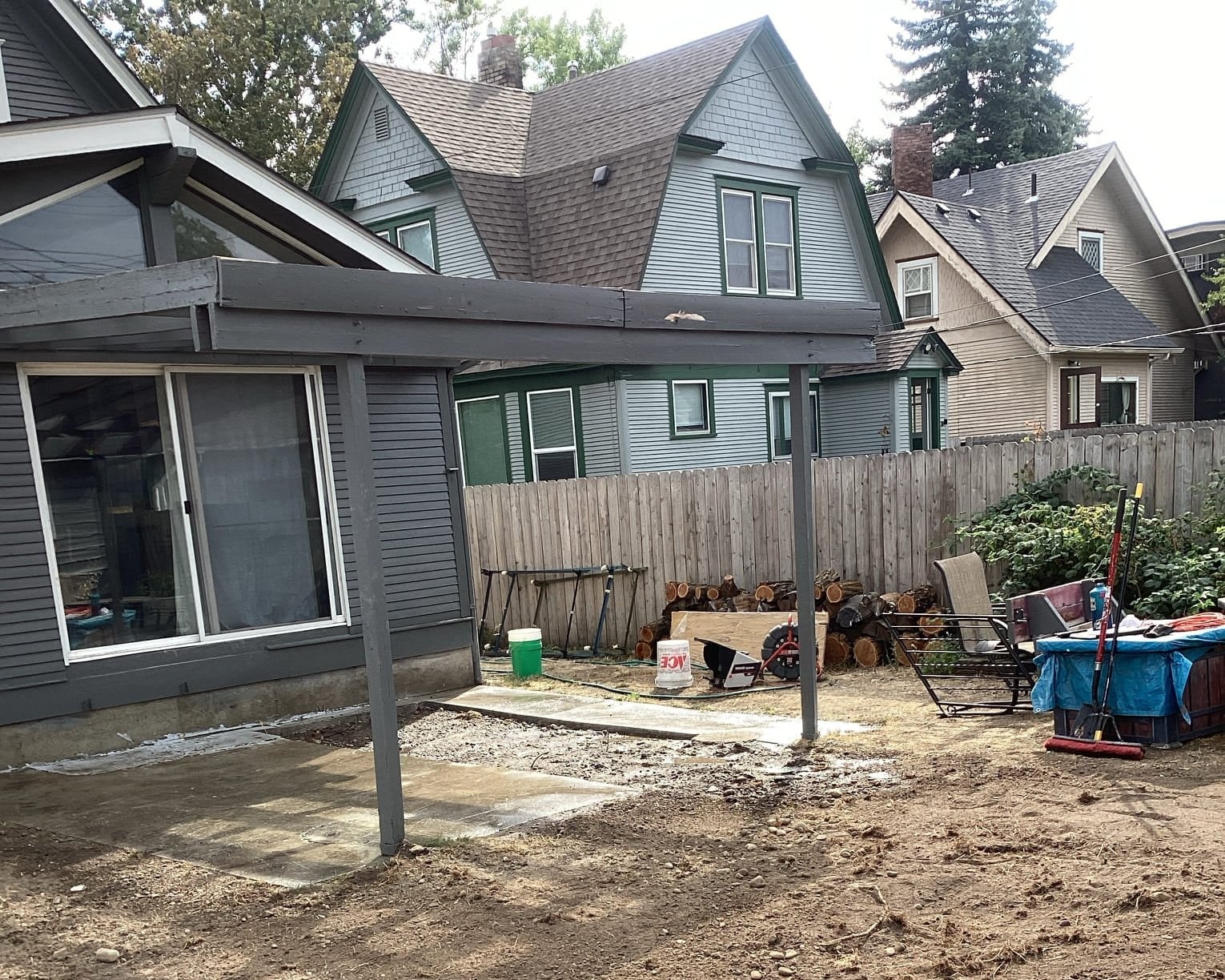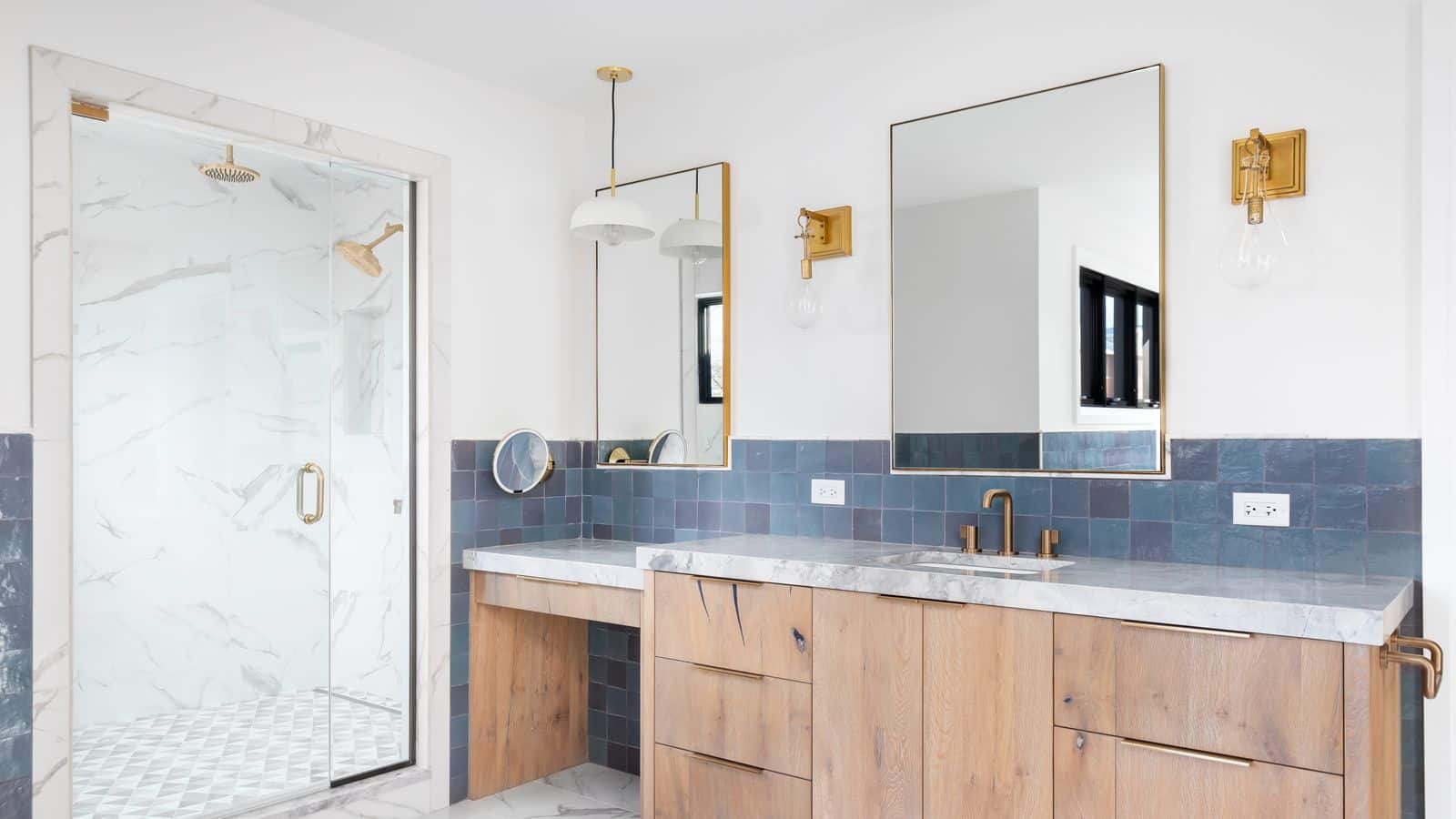Backflow preventers are systems that are installed in the potable water line to ensure that the water in your building doesn’t get contaminated. There are several different types of backflow prevention systems, each with their own pros and cons depending on your specific needs and situation.
This article will explain some of the more common types of backflow prevention systems.
How to Choose a Back Flow Preventer System
Choosing a backflow prevention system requires some technical knowledge and understanding of what it is you are trying to prevent. In some cases, your water supply may have been contaminated by sewer or wastewater coming into contact with your water lines. If you already have a safe drinking source, you are less likely to need backflow prevention devices. However, if there is even a slight chance that untreated waste could flow into your home’s pipes, consider investing in a few types of backflow prevention systems.
Precautionary Measures with Back Flow Preventers
Although backflow preventers are an essential part of your plumbing system, it’s important to make sure you take precautions to prevent damage.Backflow prevention devices are built with a maximum amount of pressure in mind and will burst if they exceed their set pressure range. To prevent your device from bursting, you must make sure that any new additions or changes to your plumbing system do not increase your water pressure above its maximum.
Back Flow Prevention Devices
There are two primary types of backflow prevention devices: Pressure Vacuum Breaker (PVB) and Double Check Valve.
The PVB system prevents siphoning and back-siphonage. The double check valve is used in a system that has water feeding into it from more than one source (such as multiple wells, or a well and a city water main). It prevents contaminated water from flowing backwards through a clean source. An added benefit is that many cities require double check valves to be installed on their properties by law.
Pressure Vacuum Breakers
A pressure vacuum breaker (PVB) is used to protect against back-siphonage in a plumbing system. If a siphonage situation occurs, PVBs will automatically shut off flow and prevent contaminated water from flowing into your home’s potable water supply. It can also be used as a back-pressure regulator for elevated tanks, cooling towers, and other pressurized systems to maintain positive system pressure.
Atmospheric Vacuum Breakers
An atmospheric vacuum breaker is designed to prevent backflow from a potable water supply by utilizing atmospheric pressure to open and close its internal valve. When a device connected to an atmospheric vacuum breaker has not been used for some time, it is likely that air has entered into its line. A broken or damaged vacuum breaker will release water back into your potable water system.
Double Check Valves
These are required in many areas and consist of two check valves: a pressure-activated one inside your building that protects against sewer gases and backs up water and a gravity-activated one outside your building to prevent contaminated water from flowing back into your building. The two check valves must be labeled RPZ, for Reduced Pressure Zone, indicating that they are approved for use with fire sprinkler systems.
Back Flow Prevention Assemblies
You may have heard that backflow prevention assemblies are required on all potable water systems. While it’s true that these devices can help reduce contamination, there are several types to choose from and each type is specifically designed for different applications. Therefore, you should always talk to a plumbing professional to determine which type is appropriate for your system.
Spill-Resistant Vacuum Breakers
These valves are a popular choice for residential and commercial backflow prevention systems because they are inexpensive, reliable, easy to install, and don’t require special tools or skills. Vacuum breakers attach to garden hoses and faucets via a coupler that allows you to turn your home’s water off before you go on vacation.
They rely on positive pressure—created by venting them correctly—to maintain their seal and keep your home safe from contaminated water.
Reduced Pressure Principle Back Flow Assembly
This is one of two primary types of backflow prevention devices. Reduced pressure principle (RP) devices operate by maintaining a small pressure differential between potable water and wastewater to prevent sewage from flowing into pipes carrying clean water.
The most common type is called an RPZ (reduced pressure zone) backflow preventer. An RPZ device has two independent chambers, one for incoming potable water and one for outgoing wastewater. While both chambers are connected in series, they are not directly connected.

